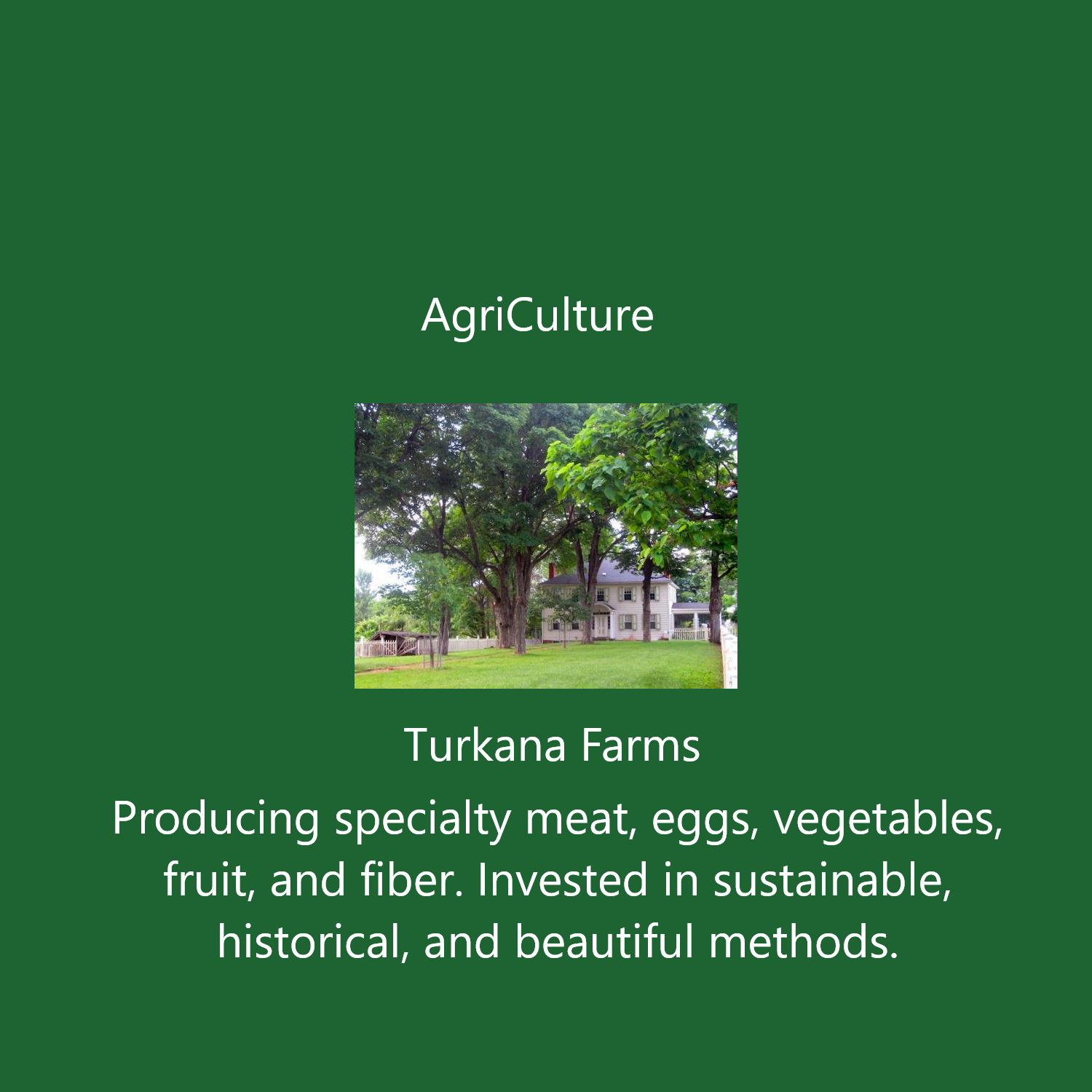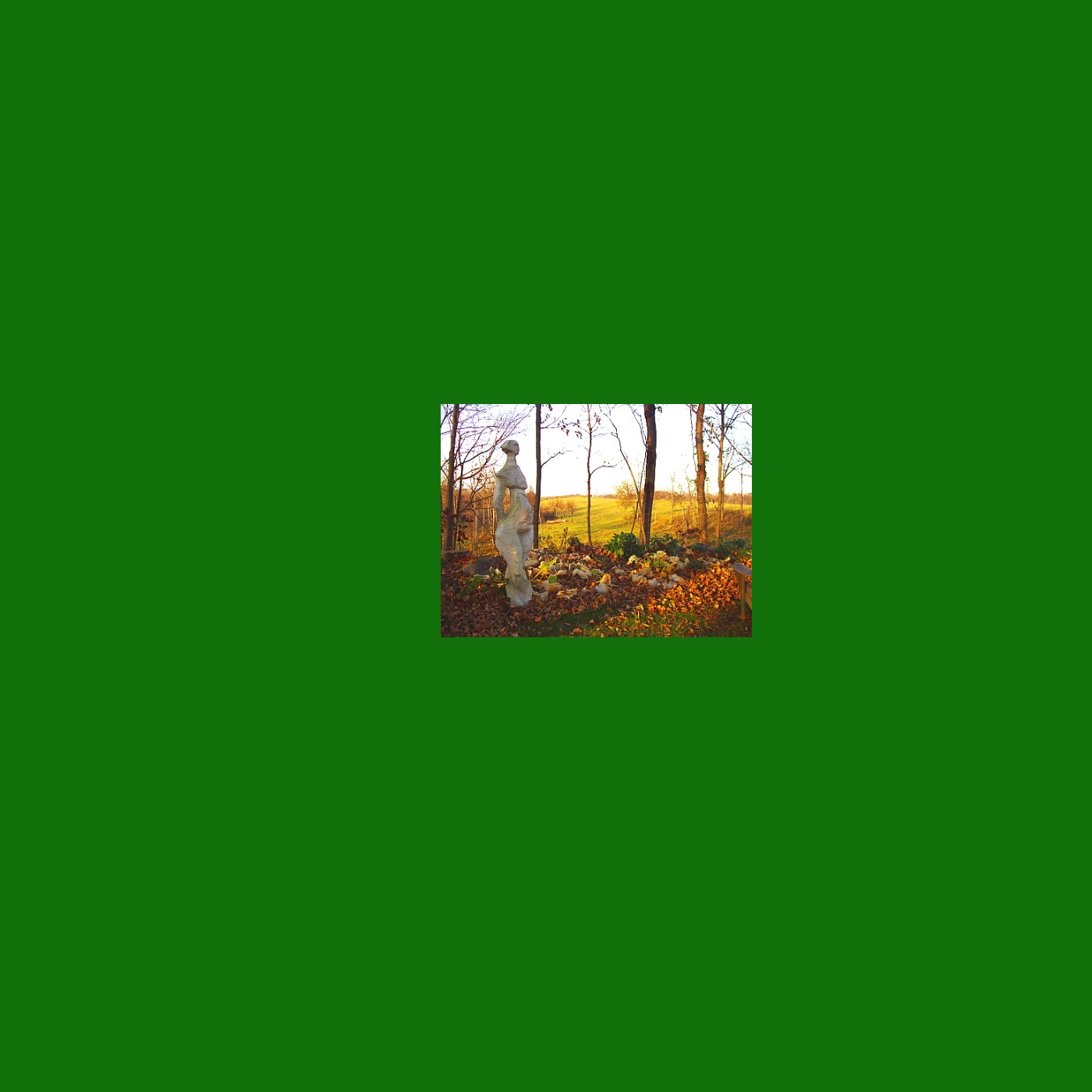
| WHAT'S NEW THIS WEEK:Happy Thanksgiving. It was new, very new, not to be seeing you all for turkey pickup. And a little sad. We look forward to seeing you back again next year. |
 Getting down to bedrock Photo by Mark Scherzer
Getting down to bedrock Photo by Mark Scherzer
| Deeply Entrenched Hi all, Mark here. When I tell people I have a farm, and they ask where it is, I describe its location in the broadest geographic terms: the Hudson Valley. When I ultimately invite them to visit and direct them how to come to the farm, I of course have to get more specific. I direct them to drive up Hog Trough Road and take a left onto our road, where they enter Germantown. They are inevitably charmed by the both the road onto which I’ve directed them, with its bucolic view of a valley dotted with barns and cows which appears to sweep all the way over to the Catskills, and by its name. To them, the term “Hudson Valley” conjures farms like the ones they buy from at their local city greenmarket, and “hog trough road” confirms that this is, indeed, the deep country, someplace somebody is raising pigs.It goes without saying that “Hudson Valley,” despite its association with agriculture and weekend homes in the minds of New Yorkers, is really a geological term. It refers to the large depression formed between the hard-rocked Catskill Mountains and the next hard-rocked ridges to the east (the Taconics and Berkshires) as glaciers advanced and receded over the softer sedimentary rocks like shale in the area between them, in the last ice age. But it often surprises people that “hog trough” is a geological term as well. A ridge of rock which is steep at one end and tapers off at the other is often referred to as a hog back because of its resemblance to the back of a razor backed pig; the depression alongside it is called a hog trough.The Hudson Valley is full of such ridges and depressions; it is part of what geologist call the Ridge and Valley province. The resulting topography has determined a great deal. The Palatine family that built our house situated it on a ridge of shale, undoubtedly both for the stability it provides and because it was better to build there than to take up the precious areas of good agricultural soils for such purposes. According to Walter V. Miller’s “History of 18th Century Germantown,” second edition (Germantown 300th Anniversary Committee, 2010), when the land was purchased from the Livingstons in the early 18th century to establish this town, it was placed here quite deliberately despite having poorer agricultural soils than some other areas. Not to oppress the Palatines or impoverish them, but because it was on the river and near ample stands of pine trees, that grow in poorer soils, which it was expected the Palatines would use to manufacture pine tar.When we first moved in, we mined a large section of the shale ridge behind the house to obtain the shale for the driveways. When we hit a ridge of rock which looked like it would require blasting, Peter told the contractor to leave it where it was. He made it the base of a rock garden, where the succulents he planted could work their way into crevices. The collage of massed yellows, blues and pinks, against the gray of the stone outcropping, provides a spectacular shifting floral kaleidoscope through the spring.Sometimes, though, we cannot work with the topography, but rather must work against it. As we continue our project of bringing electricity to the barn, I have been spending a few hours each day digging the 18 inch-deep trench that needs to connect from the main box in the house to the barn. A good part of the distance is easy digging in deep topsoil. We have scheduled rental of a trenching machine to try to make short work of those segments. Portions, however, go under fences or our holly hedge or, most significantly near or through the shale ridge. We’ve been trying to do those portions by hand. In the shale areas, we are concerned about damaging the machine we rent.It is this process that has led me to contemplate the fundamentals of our local geology. We planned the route of the trench to cross the shortest possible stretch of shale. As I dig, I realize that 18 inches is deeper than it might seem, and our topsoil in many areas is quite shallow. And as I try to break up the shale with my shovel, I realize that shale, though theoretically a “soft” sedimentary rock, is harder than it might seem. But I am coming to know the this rock.Because it is formed from silt and other sediments, shale does flake into fragments, and is removable that way. But that work often proceeds just centimeters at a time; digging through jumbles of small pieces of rock is hard and slow. A large flat piece of shale, parallel to the surface, is my nightmare. But sometimes with a pry bar and sledge hammer, I can open up seams in that seemingly impervious sheet. And often the placement is not flat. Even though the shale was undoubtedly formed flat as sediments were deposited, the collision of continents that formed this area’s fundamental geological structure, and some of the upheaval associated with later glacial activity, mean that one often finds the sheets of stone deposited vertically, or at an angle. This means I can use a pry bar alone to get under the stone, lever it up, and sometimes remove 3 to 4 inches of stone in one scoop. I think about how hard it must have been for the Palatines, in 1709, to “dig in” the half basement rooms that were their first homes, like the one which became our half underground original kitchen. I understand why one corner of our basement floor is still a rock outcropping.If I say that digging the trench is a metaphor for life, some wise ass friend may say yes, because operating this farm is like digging your own grave. But I would view the metaphor a bit differently. The trenching process reveals that there are bedrock truths we cannot ignore. It shows us that in perseverance, sometimes requiring thousands of tiny steps and gestures, there can be progress. And I see that by chipping away at the edges from every angle, I can sometimes reveal the overall contours of what I’m confronting, and pave the way for its removal.I feel like these are important messages House Intelligence Committee Chair, Adam Schiff must have absorbed somewhere along the way. In the impeachment hearings, he keeps chipping away, little by little revealing the bedrock truth. Eventually, I feel, he will shake loose and move what now seems an impervious rock of American opinion. |

| WHAT'S AVAILABLE THIS WEEK Tiny hot matchbox peppers, $5.00 a string, dried and quite decorative. Acorn squash, $2/each Decorative Tennessee Dancing Gourds, 4 for $1 Cheese Pumpkins, $2/lb, 5 to 8ish poundsEGGS: $5/dozMEATS: We keep some on hand, but it helps to order ahead in case we need to retrieve from our stash in the big commercial freezerGEESE: One remaining, about 8.5 lbs. $10/lb.ROASTING CHICKENS - Nice fat Freedom Rangers, frozen, largish (4 to 7 lbs, a few smaller), $6/lb.LAMB: Riblets $8/lb, small and larger leg roasts $14/lb,PORK: Loin pork chops, $12/lb (2 to a pack, btwn 1 and 1.5 lbs), Jowl (roughly 2 to 3 lbs each), $12/lb, Spare ribs and country ribs $7/lb baby back ribs $8/lb fresh ham roasts (2 to 3 lbs), $12/lb smoked bacon, $12/lb Kielbasa $8/lb |
| FARM PICKUPS:Email us your order at [email protected], and let us know when you'd like to pick up your order. It will be put out for you on the side screened porch of the farmhouse (110 Lasher Ave., Germantown) in a bag. You can leave cash or a check in the now famous pineapple on the porch table. Regular pickup times are Saturday and Sunday from 11 a.m. to 1 p.m. and 4 p.m. to 5 p.m., other days by arrangement. If you have questions, don't hesitate to call at 518-537-3815 or email. |

Broccoli heading for a new garden bed Photo by Eric Rouleau Tuning in this morning to Ici Musique, the Montréal radio station, we were...

WHAT'S NEW THIS WEEK: The barn is fully up. Next step, we have to build the interior and hook up the electricity. All offerings...

TURKANA FARMS, LLCGreen E-Market Bulletin February 4, 2024Nilufer waits for a lift Photo by Mark ScherzerFor Those Who Need a Little Extra HelpHi all,...